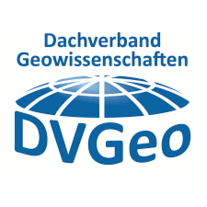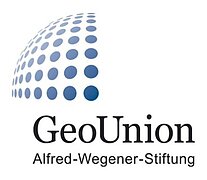Search engine for geological maps (FID GEO)
The interactive overview map on GEO-LEOe-docs provides access to the online freely available sheets of the geological maps GK25 and GK50. Map sheets already available on GEO-LEOe-docs are listed, usually complemented with the associated explanatory booklets. Researchers may propose public domain map sheets of the GK25 for digitization by the FID GEO free of charge.
Search engine for topographic maps (SIS Maps)
Our partner, the Specialised Information Service for Cartography and Geodata (SIS Maps), offers various map catalogues on its website, including a high volume of topographic map series with links to the world's national and regional geoportals as well as links to various country-specific Grids&Datums.
Search alphabetically by country name under: Topo-List.
GEO-LEOe-docs is the geoscientific repository for texts and geological maps, maintained by the FID GEO and operated at the Göttingen State and University Library (SUB Göttingen). GEO-LEOe-docs serves as a platform for Green Open Access publications (secondary publications). It also offers an interactive overview map with access to digitised geological maps (GK25). On GEO-LEOe-docs all documents are freely accessible and referenced with DOI. Various ongoing net publications are released here as digital first publications.
GFZ Data Services is the subject-specific research data repository for the geosciences and related disciplines, through which research data have been published with DOI since 2004. Today, GFZ Data Services is an internationally recognized repository for citable and DOI referenced geoscientific data, software and the assignment of International Generic Sample Numbers (IGSN = PID for physical samples).
News
“Research Data” in the DFG Guidelines for Safeguarding Good Research Practice
The Code of Conduct “Guidelines for Safeguarding Good Research Practice” of the German Science Foundation DFG was updated and significantly expanded in the summer of 2019. The topic of “research data” is newly introduced and strongly anchored in the guidelines. We provide information here on the key points on the topic of “research data” from the guidelines in order to make the expectations toward research institutions and researchers widely known.
As of 1 August 2019, all universities and non-university research institutions will be required to implement the 19 guidelines in a legally binding manner to be eligible to receive DFG funding. For those universities and non-university research institutions that have already implemented the relevant requirements in the DFG white paper “Safeguarding Good Scientific Practice” in a binding manner, there is a two-year transition period for implementing the guidelines in the Code. This period begins on 1 August 2019 and ends on 31 July 2021.
Excerpts from the DFG Code of Conduct “Guidelines for Safeguarding Good Research Practice”
Guideline 12: Documentation
“Researchers document all information relevant to the production of a research result as clearly as is required by and is appropriate for the relevant subject area to allow the result to be reviewed and assessed. In general, this also includes documenting individual results that do not support the research hypothesis. The selection of results must be avoided. Where subject-specific recommendations exist for review and assessment, researchers create documentation in accordance with these guidelines. If the documentation does not satisfy these requirements, the constraints and the reasons for them are clearly explained. Documentation and research results must not be manipulated; they are protected as effectively as possible against manipulation.”
Explanations on Guideline 12
“An important basis for enabling replication is to make available the information necessary to understand the research (including the research data used or generated, the methodological, evaluation and analytical steps taken, and, if relevant, the development of the hypothesis), to ensure that citations are clear, and, as far as possible, to enable third parties to access this information. Where research software is being developed, the source code is documented.”
Guideline 13: Providing public access to research results
“If it has been decided to make results available in the public domain, researchers describe them clearly and in full. Where possible and reasonable, this includes making the research data, materials and information on which the results are based, as well as the methods and software used, available and fully explaining the work processes. Software programmed by researchers themselves is made publicly available along with the source code. Researchers provide full and correct information about their own preliminary work and that of others.“
Explanations on Guideline 13
“In the interest of transparency and to enable research to be referred to and reused by others, whenever possible researchers make the research data and principal materials on which a publication is based available in recognised archives and repositories in accordance with the FAIR principles (Findable, Accessible, Interoperable, Reusable). Restrictions may apply to public availability in the case of patent applications. If self-developed research software is to be made available to third parties, an appropriate licence is provided. In line with the principle of “quality over quantity”, researchers avoid splitting research into inappropriately small publications. They limit the repetition of content from publications of which they were (co-)authors to that which is necessary to enable the reader to understand the context. They cite results previously made publicly available unless, in exceptional cases, this is deemed unnecessary by the general conventions of the discipline.

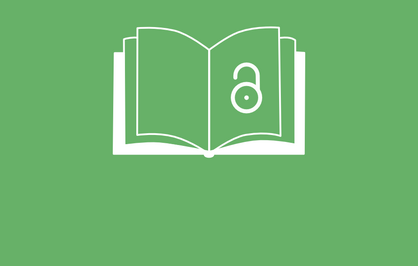
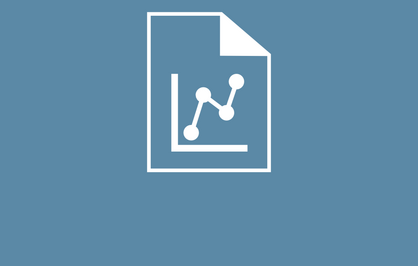

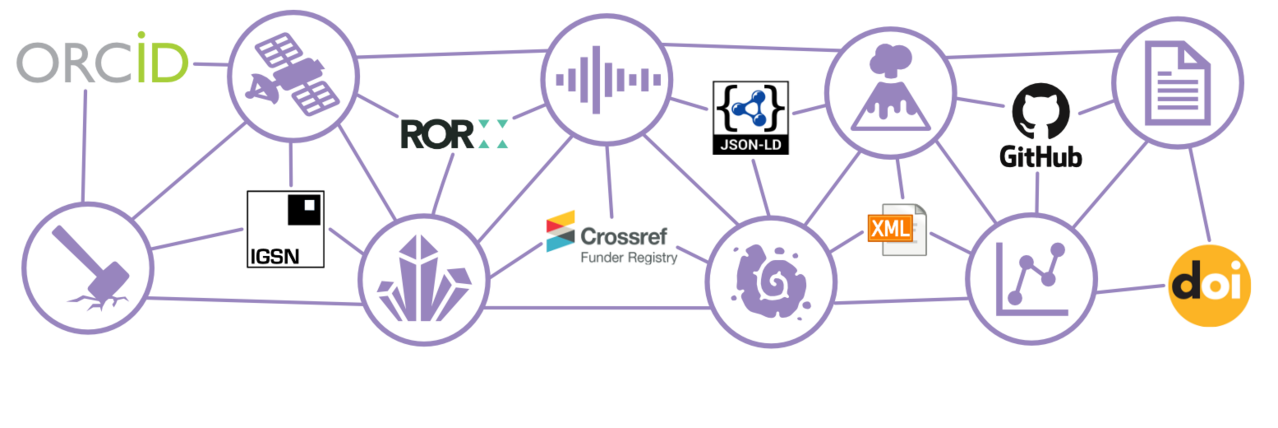
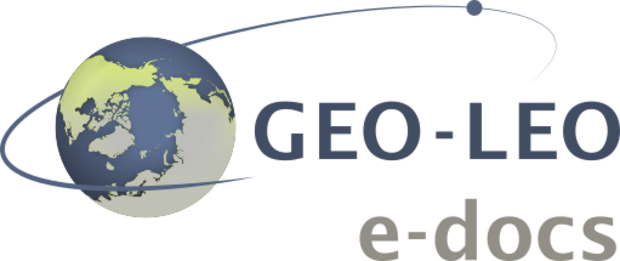





![[Translate to English:] Deutsche Geologische Gesellschaft - Geologische Vereinigung](/fileadmin/_processed_/e/e/csm_DGGV-Logo_164_89ea9c71c0.png)
![[Translate to English:] Das Geowissenschaftliche Studentische Erfahrungs- und InteressensNetzwerk](/fileadmin/_processed_/d/5/csm_Gestein_Web_Logo_c9a4cdaff8.png)

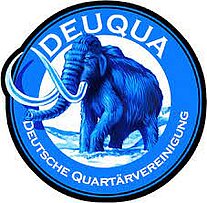
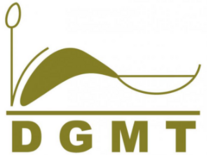
![[Translate to English:] Deutsche Mineralogische Gesellschaft e.V.](/fileadmin/_processed_/5/8/csm_DMG_96aeefffbf.jpg)
